Discover the variety of Anderson window sizes available for your home, as we guide you through choosing the perfect fit for an aesthetically pleasing and energy-efficient upgrade.
When it comes to choosing the right windows for your home, size matters. And one brand that has been a favorite among homeowners and builders alike is Anderson Windows.
With their wide range of sizes, you can find the perfect fit for any room in your house. But with so many options available, it can be overwhelming to know which size is right for you.
In this blog post, we’ll take a closer look at Anderson window sizes and help you make an informed decision on what will work best for your home. So whether you’re looking to replace existing windows or starting from scratch with new construction, read on to learn all about Anderson window sizes!
Introduction to Anderson Windows

Anderson Windows is a well-known brand in the window industry, offering high-quality windows that are both stylish and energy-efficient. The company has been around for over 115 years, providing homeowners with innovative solutions to their window needs.
Anderson Windows come in a variety of sizes and styles to fit any home’s aesthetic while also meeting specific functional requirements.
One of the reasons why Anderson Windows is so popular among homeowners is because they offer standard sizes as well as custom options. This means that no matter what size or shape your windows need to be, you can find an option that fits perfectly.
In addition to their wide range of sizes, Anderson Windows also offers various materials such as wood, vinyl-clad wood composite material called Fibrex®, aluminum-clad wood composite material called Verilock® and more recently introduced all-fiberglass frames which provide superior durability against harsh weather conditions.
Standard Window Sizes

Standard sizes are pre-made and readily available, making them an affordable option for homeowners who want to replace their windows without breaking the bank. Anderson Windows offers a range of standard window sizes that can fit most homes.
The most common standard window size is 24 inches by 36 inches, which is perfect for small rooms like bathrooms or basements. Other popular options include 30 inches by 48 inches and 36 inches by 60 inches.
It’s important to note that while these may be considered “standard” sizes, they may not necessarily fit every home perfectly. It’s always best to measure your existing windows or consult with a professional before making any purchases.
If you have an older home with non-standard sized openings or unique architectural features such as arched tops or circular shapes – custom-sized windows might be necessary instead of trying force-fit standards into those spaces.
Custom Window Sizes
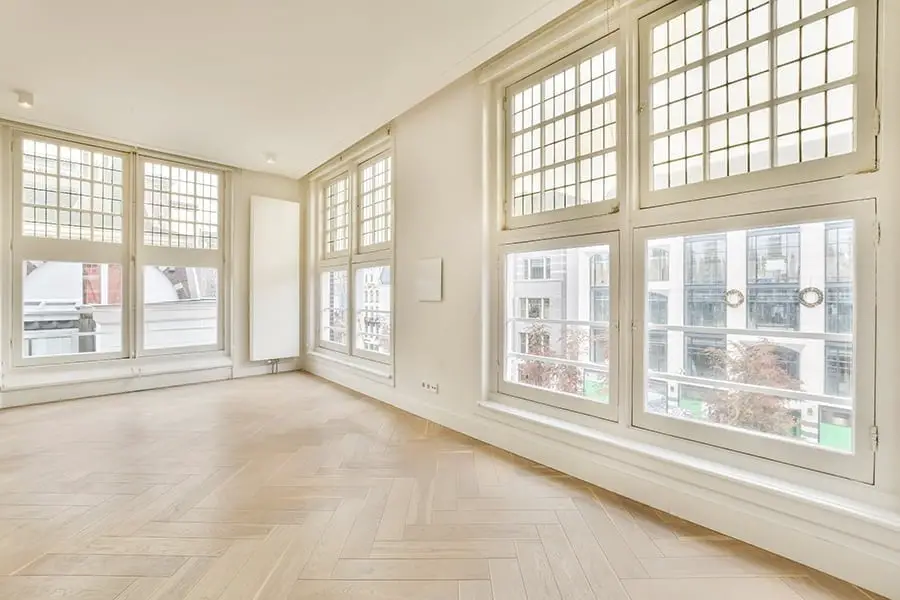
Custom windows are made to order and offer endless possibilities for design and functionality. Whether you need an extra-large picture window or a small awning window for ventilation in tight spaces, Anderson can create the perfect fit.
When ordering custom windows from Anderson, it’s important to provide accurate measurements of the opening to ensure proper fit and function. The company offers measuring guidelines on their website or through their customer service team.
Custom windows may take longer to manufacture than standard sizes due to the additional steps required in production. However, they offer flexibility in design options such as shape, grille patterns, glass types (including tempered or laminated), hardware finishes (such as brushed nickel or oil-rubbed bronze), and more.
While custom-sized windows may come at an additional cost compared with standard sizes due to increased manufacturing time and materials used; they are worth considering if your home has unique architectural features that require special attention when selecting new replacement windows.
Double-Hung Window Sizes
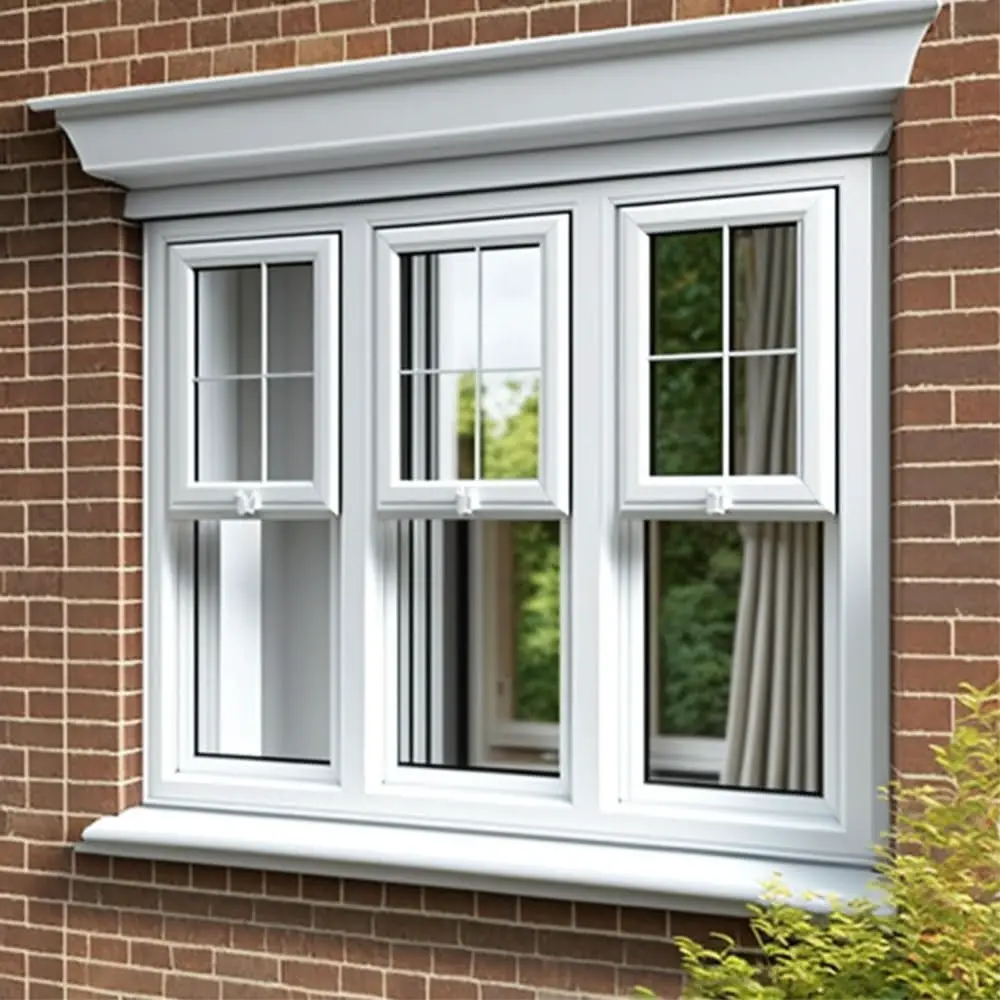
These windows have two sashes that slide up and down, allowing for ventilation from both the top and bottom of the window. Anderson offers double-hung windows in a variety of sizes to fit any room in your home.
Standard sizes range from 2 feet wide by 3 feet tall all the way up to 4 feet wide by 6 feet tall. Custom sizing is also available if you need something outside of these standard dimensions.
When choosing double-hung window sizes, it’s important to consider not only the size of your existing opening but also how much light and air flow you want in each room. Larger windows can provide more natural light but may sacrifice privacy or energy efficiency.
Anderson’s website provides detailed information on each series’ specific size options so that you can make an informed decision based on your needs. They offer measuring techniques guides as well as sizing guidelines for replacement projects.
Casement Window Sizes
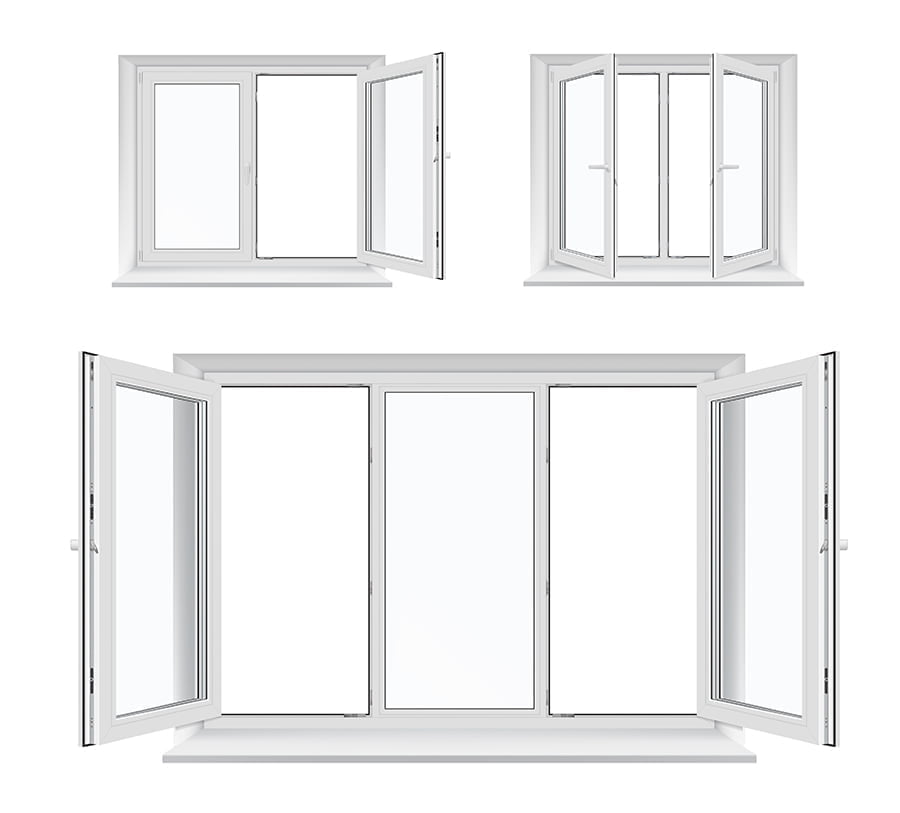
These windows open outward, providing excellent ventilation and unobstructed views. Anderson offers casement window sizes in both standard and custom options, making it easy for you to find the perfect fit for your home.
Standard casement window sizes range from 1’6″ x 2’0″ up to 3’0″ x 5’0″. However, if you need something larger or smaller than these dimensions, Anderson also offers custom sizing options that can be tailored specifically to your needs.
When choosing the size of your casement windows, consider factors such as the room’s layout and how much natural light you want entering through them. Keep in mind that larger-sized casements may require additional hardware support due to their weight.
Awning Window Sizes
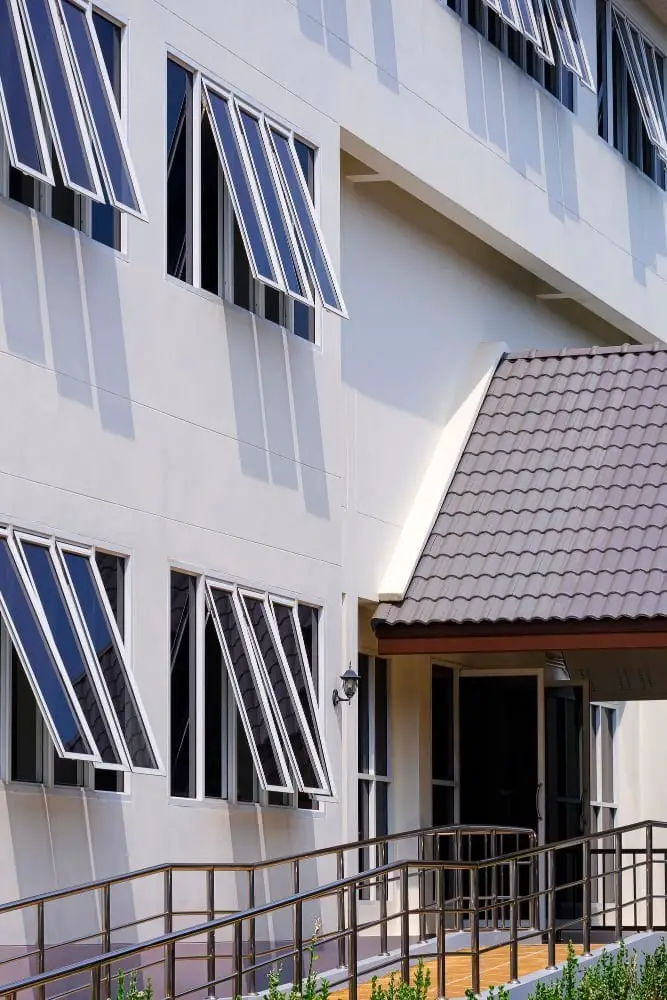
These windows have hinges at the top, allowing them to open outward from the bottom. Anderson offers awning window sizes in both standard and custom options, making it easy for you to find the perfect fit for your home.
Standard awning window sizes range from 2 feet wide by 1 foot high up to 4 feet wide by 3 feet high. Custom sizing is also available if you need a specific size or shape that isn’t offered in standard options.
When choosing an awning window size, consider factors such as room placement and desired airflow. Larger windows can provide more ventilation but may not be suitable for smaller rooms or areas with limited wall space.
Anderson’s selection of awning window sizes ensures that there is an option available no matter what your needs may be.
Gliding Window Sizes
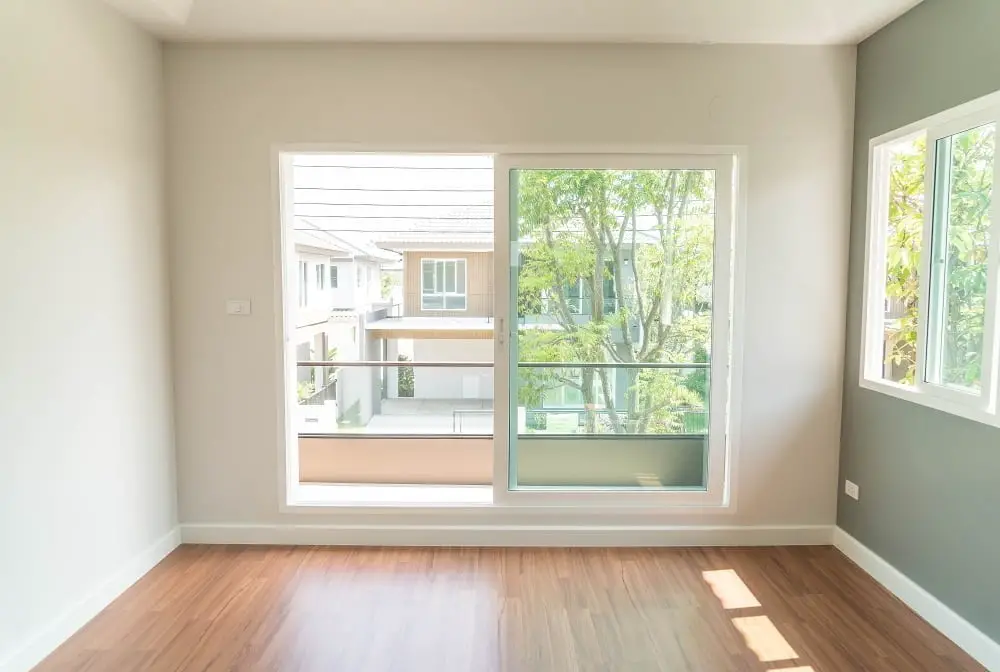
Anderson offers gliding window sizes in both standard and custom options to fit any opening. These windows feature one or two sashes that slide horizontally on tracks, making them easy to operate and maintain.
Standard sizes for Anderson gliding windows range from 2 feet by 3 feet up to 6 feet by 6 feet. However, if you have a non-standard size opening or want a unique configuration of multiple panels, custom sizing is available.
When choosing the right size for your gliding window replacement project or new construction build with Anderson Windows products it’s important not only consider the dimensions but also how they will impact energy efficiency ratings such as U-factor (the rate at which heat flows through the glass) and Solar Heat Gain Coefficient (SHGC).
Bay and Bow Window Sizes
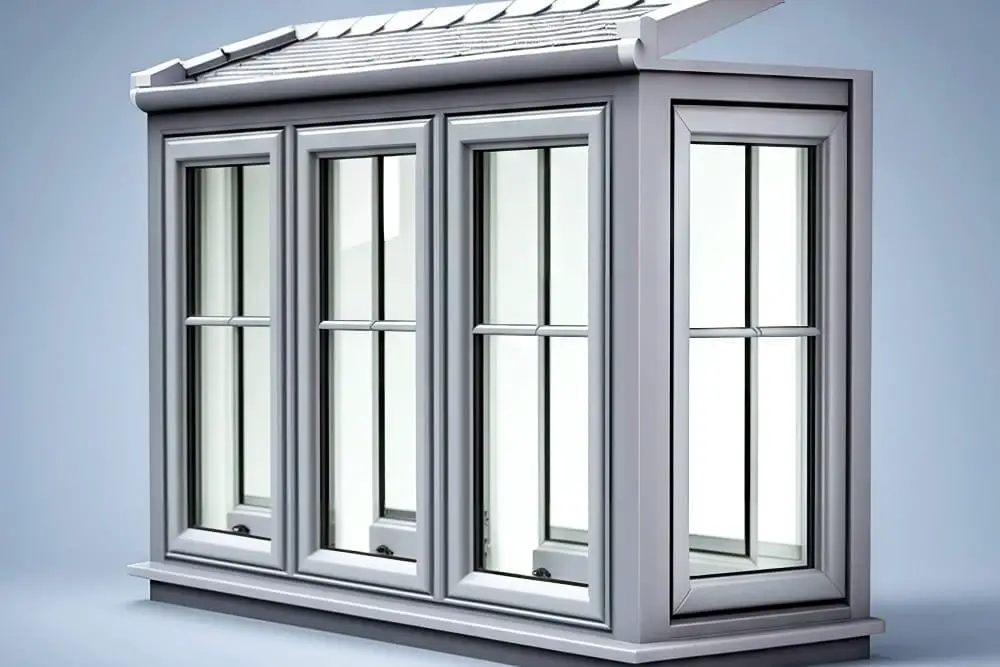
These types of windows not only provide a beautiful view but also create additional space in the room. Bay and bow window sizes vary depending on the number of panels, angle, and projection from the wall.
Bay windows typically have three panels that project outward at angles ranging from 30 to 45 degrees. The center panel is usually larger than the two side panels, creating a focal point in any room it’s installed in.
Bow windows have four or more panels that curve gently outward from each other.
The size of bay and bow windows can range anywhere between 3 feet wide by 4 feet tall up to as large as you desire with custom options available for both styles. It’s important when considering these types of window installations that you take into account how much space they will require inside your home so there is enough clearance around them once installed.
Anderson offers standard sizes for bay and bow style configurations which include:.
- Three-lite configuration: Widths ranging between six feet eight inches (6’8″) up through twelve feet (12′) with heights starting at four foot one inch (4’1″) up through seven foot eleven inches (7’11”).
- Five-lite configuration: Widths ranging between ten feet eight inches(10’8”)up through sixteen-feet-four-inches(16’4”)with heights starting at four-foot-one-inch(4’1”)upthroughseven-foot-eleven-inches(7’11”).
Custom sizing options are also available if needed.
Picture Window Sizes

These windows come in a variety of sizes, making them suitable for any room in your home. The size of the picture window you choose will depend on several factors, including the size of your wall opening and the amount of light you want to let into your space.
When it comes to choosing picture window sizes from Anderson Windows, there are many options available. Standard sizes range from 2 feet by 3 feet up to 8 feet by 6 feet or larger depending on which series you select.
If these standard sizes don’t fit your needs, custom sizing is also an option with Anderson Windows.
It’s important to note that while larger picture windows can provide stunning views and ample natural light, they may not be as energy-efficient as smaller ones due to their increased surface area. However, with advancements in technology such as Low-E glass coatings and insulated frames offered by Andersen Windows’ products like E-Series or A-Series Picture Window Series – even large-sized units can achieve high energy efficiency ratings.
Specialty Window Sizes
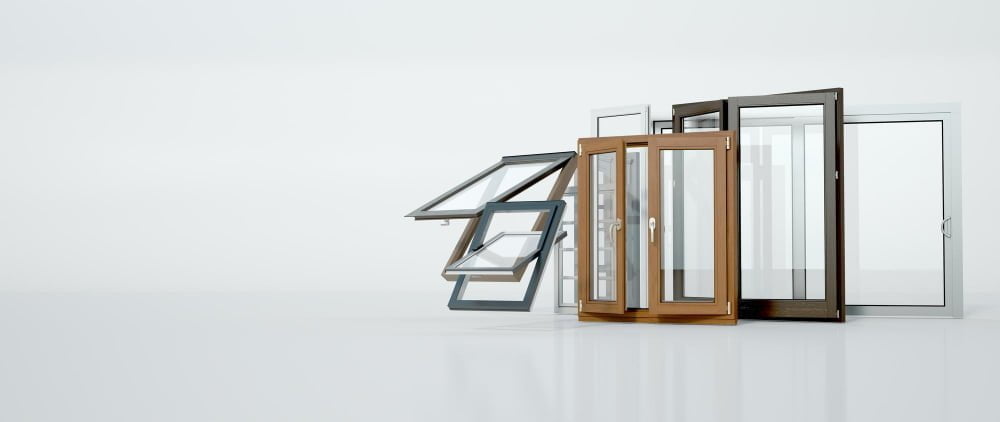
These windows are available in a variety of shapes, including circles, triangles, trapezoids and more. Specialty windows can add character to your home while providing natural light and ventilation.
When considering specialty window sizes, it’s important to keep in mind that they may require additional installation time and cost due to their unique shape or size. However, the end result is often worth the investment as these windows can truly enhance the overall look of your home.
Anderson Windows’ team of experts can help you determine which specialty window size will work best for your project based on factors such as location within the house and desired functionality.
Sizing Guidelines for Replacement

Anderson Windows offers sizing guidelines for replacement that can help make the process easier. First, measure the width and height of your current window frame from inside edge to inside edge.
Then, compare those measurements with Anderson’s standard sizes or custom sizes if necessary.
It’s also important to consider any changes in building codes since your original windows were installed as they may affect the size requirements for new replacements.
Measuring Techniques
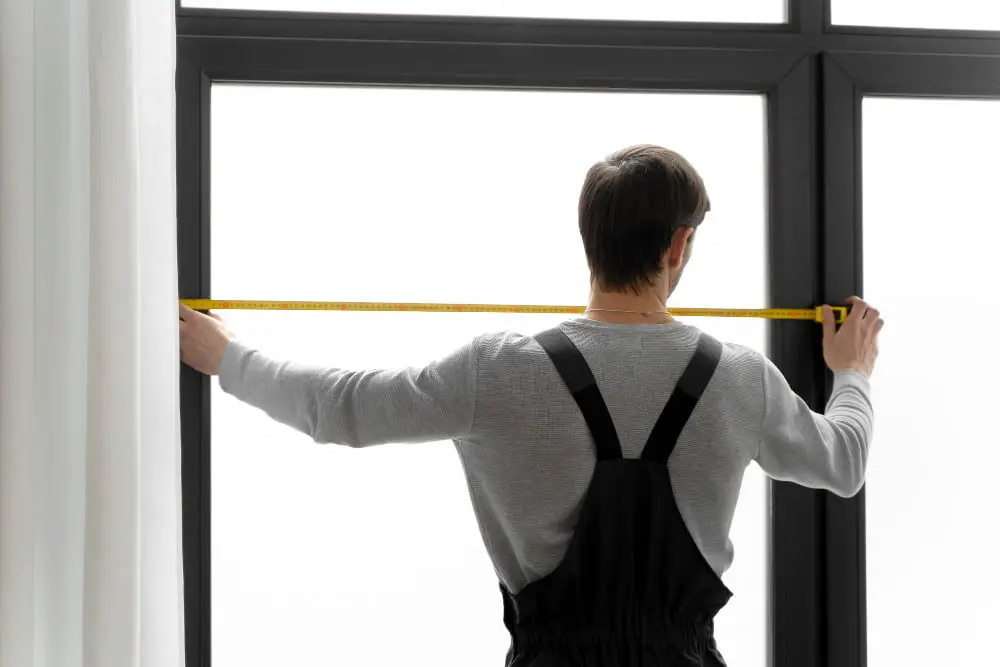
Anderson Windows offers a wide range of sizes, but it’s important to measure correctly so that you can find the perfect fit. When measuring for replacement windows, take note of any differences in measurements between existing frames and sashes as well as any variations in shape or angle.
For new construction projects, make sure to measure rough openings carefully and consider factors such as insulation thickness and exterior trim when determining window size.
One useful technique is to use a tape measure with both metric and imperial units so that you can easily convert measurements if needed. It’s also helpful to have someone assist you with holding the tape measure steady while taking accurate readings.
Remember: always double-check your measurements before ordering or installing windows! A small mistake could lead to costly errors down the line, so take extra care during this step of the process.
Energy Efficiency and Size

The size of your windows can have a significant impact on how much heat or cool air escapes from your home, affecting both your comfort level and energy bills. Larger windows may provide more natural light and better views but can also result in higher heating or cooling costs.
Anderson Windows offers a range of sizes that are designed with energy efficiency in mind. Their products feature advanced glass technology that helps reduce heat transfer while still allowing plenty of natural light into your home.
Anderson’s frames are made from durable materials such as Fibrex® composite material which provides excellent insulation properties.
To ensure maximum energy savings for replacement projects, it’s essential to measure accurately before ordering new windows; this will help you avoid gaps between the frame and wall where air could escape through.
When selecting Anderson window sizes for replacement or new construction projects always keep in mind their Energy Star rating system which indicates how well they perform regarding thermal performance standards set by the US Environmental Protection Agency (EPA).
Impact of Building Codes

They ensure that structures are safe for occupants and meet certain standards for energy efficiency. When it comes to window sizes, building codes can have a significant impact on what is allowed in your area.
For example, some areas may require specific minimum sizes for egress windows in bedrooms or basement living spaces to provide an escape route in case of emergency. Other areas may have restrictions on the maximum size of windows facing neighboring properties or public streets.
It’s important to check with your local building department before selecting Anderson window sizes for your home renovation project. Your contractor should also be familiar with any relevant codes and able to advise you accordingly.
Understanding Window Terminology

It can be overwhelming to navigate through all of the technical jargon and measurements associated with windows. However, having a basic understanding of these terms will help you make an informed decision on which Anderson window sizes are best for your home.
Some common terms you may come across include “rough opening,” which refers to the space in your wall where a new window will be installed. The rough opening should always be slightly larger than the actual size of your new window.
Another important term is “daylight opening,” which refers to how much visible glass there is once a window has been installed into its rough opening. This measurement takes into account any framing or sashes that may obstruct part of the viewable area.
Window Size Charts

These charts provide detailed information on the dimensions of each type of window, making it easier to compare and choose which one will work best for your home. Anderson offers several different series of windows, each with its own unique set of sizes and features.
For example, their 100 Series offers standard sizes ranging from 2’x3′ to 6’x6′, while their A-Series has custom sizing options available up to an impressive maximum width and height combination of over 8 feet! With so many choices available in terms of both style and dimensionality, you’re sure to find something that fits perfectly into any room or space within your home.
It’s important when using these charts that you take accurate measurements before ordering or installing new windows. This ensures a proper fit without any gaps or leaks around the edges once installed.
Comparing Series and Materials
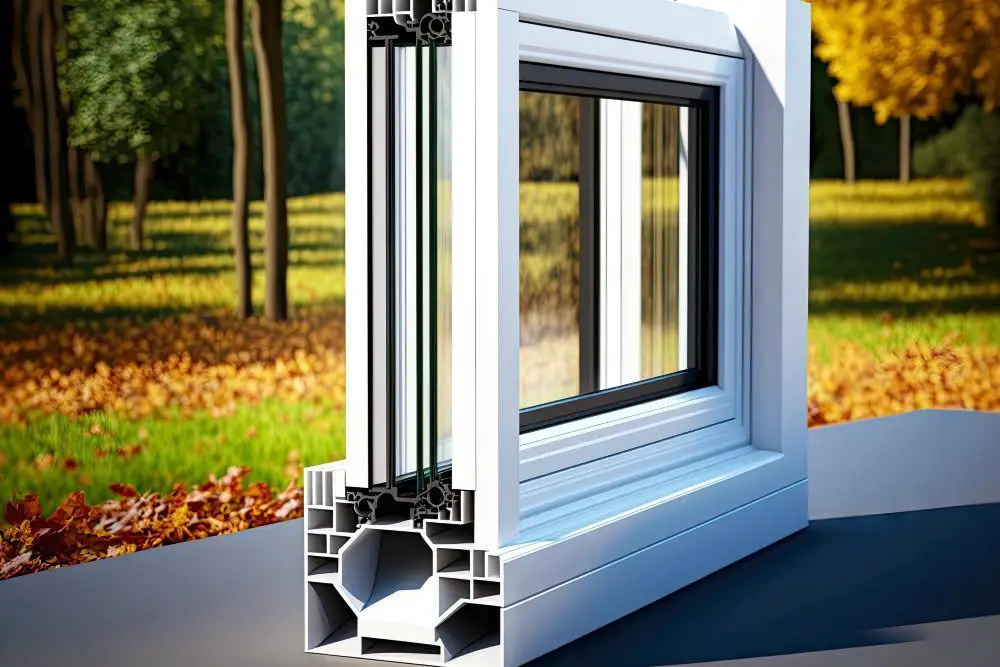
Anderson offers a variety of series, each with its own unique features and benefits. For example, their 100 Series is made from Fibrex material which combines the strength of wood with low-maintenance vinyl.
The 400 Series is known for its durability and energy efficiency while their Architectural Collection boasts customizable options for a truly personalized look.
In addition to different series options, there are also various materials available such as wood, vinyl or fiberglass frames that can impact both aesthetics and performance. It’s important to compare these factors when selecting your ideal window size so that you can make an informed decision based on your specific needs.
Warranty and Support

Anderson Windows offers a limited lifetime warranty on their products, which covers defects in materials and workmanship for as long as you own your home. This provides peace of mind knowing that if anything goes wrong with your windows, you’re covered.
In addition to their warranty, Anderson also offers excellent customer support. They have a team of experts available to answer any questions or concerns you may have about sizing or installation.
Their website is also a great resource for finding information on window sizes and styles.
It’s important to note that proper installation is crucial when it comes to ensuring your windows perform at their best over time. That’s why Anderson recommends using certified installers who are trained specifically in installing their products.
Frequently Asked Questions

Here are some of the most frequently asked questions about Anderson window sizes:.
Q: What is the standard size for a double-hung window? A: The standard size for a double-hung window ranges from 24 inches wide by 36 inches tall to 48 inches wide by 72 inches tall.
Q: Can I get custom-sized windows from Anderson? A: Yes, Anderson offers custom-sized windows to fit your specific needs and preferences.
Q: How do I measure my existing windows for replacement? A: Measure the width and height of your existing frame from inside edge to inside edge. Take three measurements at different points along each side and use the smallest measurement as your guide.
Q: Will changing my window size affect energy efficiency? A; Yes, larger or smaller windows can impact energy efficiency. It’s important to choose an appropriately sized window based on factors such as climate zone, orientation of your home, and insulation levels in walls surrounding the opening.
Conclusion and Recommendations

Anderson Windows offers a wide range of sizes to fit any room in your home, from standard sizes to custom options. It’s important to consider factors such as energy efficiency and building codes when selecting the appropriate size for your windows.
When replacing existing windows, it’s essential to measure accurately and consult with professionals if needed. Understanding window terminology can help you make an informed decision on which series or material will work best for your needs.
We highly recommend Anderson Windows due to their quality craftsmanship and extensive selection of sizes. With proper installation and maintenance, these windows can provide long-lasting beauty while also improving energy efficiency in your home.
We hope this guide has been helpful in navigating the world of Anderson Window Sizes!.
FAQ
What size is Andersen 100 standard?
Andersen 100 standard size includes heights of 6’8″, 6’11”, and 8′ with widths of 5′, 6′, and 8′, and custom sizes are available in 1/8″ increments.
What are the most common new construction window sizes?
The most common new construction window sizes are widths of 24″, 28″, 32″, 36″, 48″, 56″, 64″, and 72″; and heights of 36″, 48″, 60″, and 72″, with double-hung, single-wide units often starting at 40″ by 36″.
What size window is Andersen 2032?
The Andersen 2032 window size is 23 7/8 inches wide and 38 27/32 inches high.
What are the various size options for Andersen 400 Series windows?
The Andersen 400 Series windows are available in various size options.
How do I determine the appropriate size for an Andersen replacement window?
To determine the appropriate size for an Andersen replacement window, measure the existing window’s width and height accurately, and refer to Andersen’s sizing charts or consult a professional for guidance.
What factors should be considered when selecting the correct size for an Andersen window installation?
When selecting the correct size for an Andersen window installation, consider factors such as window type, room dimensions, energy efficiency, and local building codes.
Recap




